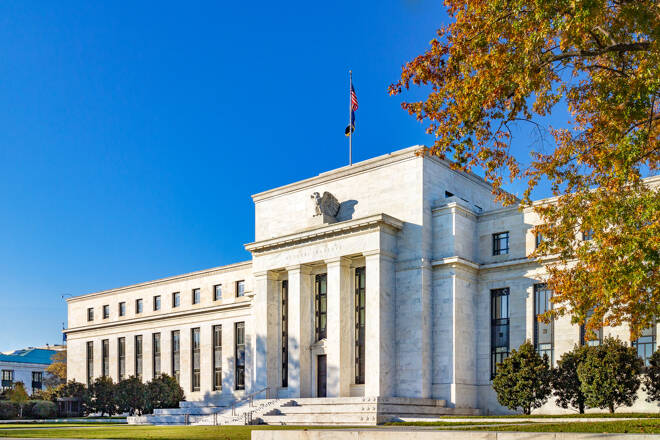Where’s the justification for this “mid-cycle adjustment”?
Powell struggled to present the case for the first US rate cut in a decade, coming at a time when the outlook for the US economy remains “favourable”. Amid the feeble economic justifications for the recent rate cut, market attention has already turned to the next FOMC decision due September, with the incoming economic data between now and then set to be closely scrutinised in testing the Fed’s data-dependant stance. Should US economic growth momentum prove resilient over the coming months, any further rate cuts this year could undermine the Fed’s credibility.
At the time of writing, the Fed Funds Futures point to a 60 percent chance of another 25-basis point rate cut in September.
Could September be a hot bed for rate cuts?
Central bank action is now heavily concentrated in the mid-September period, as the Federal Reserve, European Central Bank, and the Bank of Japan are all due to make policy decisions. With the Fed leading the way by already lowering its benchmark interest rates, the ECB could push rates further into negative territory from minus 0.4 percent at present, while the BOJ has said it’s open to lowering interest rates from its current setting of minus 0.1 percent. Shifting market expectations over potential policy adjustments by major central banks are set to feed into the respective currencies performances in the interim.
Less-dovish Fed bolsters Dollar’s resilience, weigh on Asian currencies, Gold, and Oil
As markets continue to digest the Fed’s latest signals, as confusing as they were, a less-dovish Fed moving forward suggests that the stronger-Dollar is set to stick around for a while. The Greenback’s resilience in turn should continue exerting downward pressure on most Asian currencies.
The Dollar’s climb is also expected to make future gains for Gold and Oil harder to come by. Still, broader concerns over deteriorating global economic conditions should ensure that Gold remains supported, with US-China trade tensions still largely intact. Oil bulls can still find solace from the OPEC+ supply cuts that will be in place through the first quarter of 2020, even as demand-side uncertainties continue to hover over market sentiment.
Open your FXTM account today
